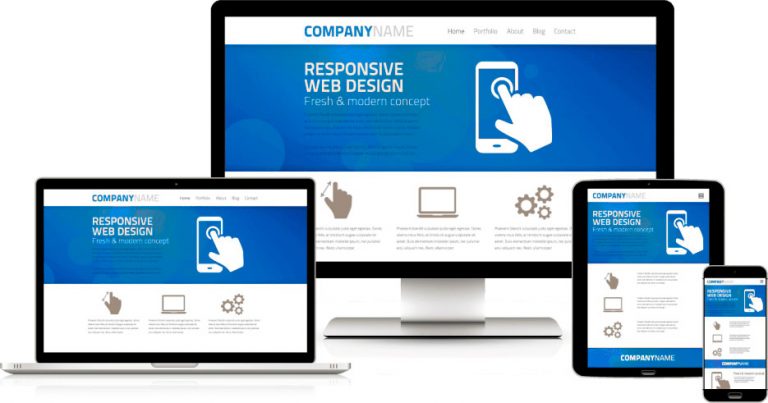Building Your SME Website in Singapore: Custom vs Template Designs Explained
Wiki Article
In Singapore's competitive business landscape, establishing a strong online presence is crucial for small and medium-sized enterprises (SMEs). One of the first decisions in this digital journey is choosing between a custom-built website and a pre-designed template. Both options have distinct advantages and considerations, making it essential for SMEs to align their choice with their business goals, budget, and long-term vision.
Understanding Custom and Template Websites
Custom Websites are tailor-made to meet the specific needs and branding of a business. They are designed from the ground up, offering unique layouts, functionalities, and user experiences.
Template Websites, on the other hand, utilize pre-designed layouts that can be customized to a certain extent. Platforms like WordPress, Wix, and Shopify offer a variety of templates that businesses can modify to suit their needs.
Pros and Cons for Singapore SMEs
Custom Websites
Pros:
- Unique Branding: Custom web sites reflect the distinct identity of a business, ensuring it stands out in a crowded market.
- Scalability: As businesses grow, custom websites can be adapted and expanded to accommodate new features and functionalities.
- Optimized Performance: Tailored designs can lead to faster load times and better user experiences, which are crucial for retaining visitors.
- SEO Advantages: Custom websites can be optimized for search engines more effectively, improving visibility and search rankings.
Cons:
- Higher Initial Cost: The development of a custom website requires more resources, leading to higher upfront costs.
- Longer Development Time: Building a website from scratch takes time, which might delay the launch.
- Ongoing Maintenance: Custom websites require regular updates and maintenance to ensure they remain functional and secure.
Template Websites
Pros:
- Cost-Effective: Templates are generally more affordable, making them accessible for SMEs with limited budgets.
- Quick Setup: With pre web design layouts, businesses can have their website up and running in a short time.
- User-Friendly: Many template platforms offer drag-and-drop features, allowing users without technical expertise to build and manage their sites.
Cons:
- Limited Customization: While templates can be modified, they may not offer the flexibility needed for unique branding or complex functionalities.
- Generic Appearance: Since templates are used by multiple businesses, websites may lack originality and may not stand out.
- Scalability Issues: As businesses grow, templates may not accommodate additional features or custom integrations effectively.
Cost Considerations for Singapore SMEs
The cost of website development in Singapore varies based on the complexity and features required. For SMEs:
- Template Websites: Basic templates can cost between SGD 1,000 to SGD 3,000, depending on the platform and customization needed.
- Custom Websites: Developing a custom website can range from SGD 5,000 to SGD 15,000 or more, influenced by design complexity, functionalities, and the development team's expertise.
It's essential for SMEs to assess their budget and determine the return on investment when choosing between custom and template websites.
Making the Right Choice
For SMEs in web design singapore, the decision between a custom and template website should be based on:
- Business Goals: If establishing a unique brand identity and offering specialized services are priorities, a custom website may be more suitable.
- Budget Constraints: For businesses with limited budgets seeking a functional online presence, template websites offer a cost-effective solution.
- Growth Plans: Consider the scalability of the website. If the business anticipates significant growth and requires advanced features, investing in a custom website might be beneficial.
Conclusion
Both custom and template websites have their place in the digital strategies of Singapore SMEs. The key is to align the choice with the business's objectives, budget, and long-term plans. By carefully evaluating the pros and cons of each option, SMEs can make an informed decision that supports their growth and success in the digital realm.
Report this wiki page